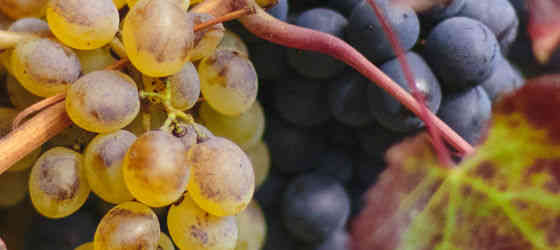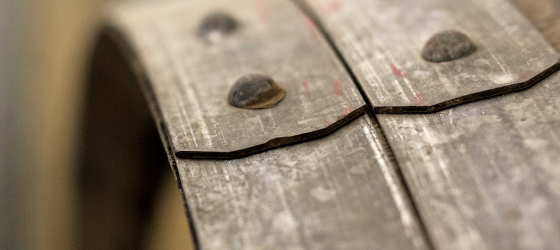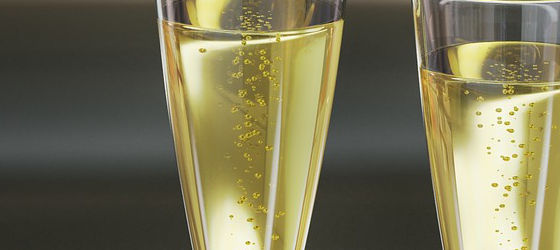15/06/2020
Alentejo
The Alentejo (Portuguese: além de Tejo = beyond the Tejo), which lies behind the Tejo river as seen from Lisbon, is predominantly a hot and dry area. Two exceptions that are cooler, is the Alto Alentejo in the north-east around Portalegre, where the vineyards are planted on the slopes of the Serra de São Marmede, which is up to 1,000 meters high, and in the south-west, where the vineyards extends as far as to the Atlantic Ocean.
The Alentejo covers around 30% of Portugal's land area, of which around 5% is planted with vines. However, the landscape is characterized by extensive cork oak forests. Olive growing also defines large parts of the region.

Viticulture has been practiced in the Alentejo region since the dawn of time. There are many indications that back when the Romans arrived in southern Portugal, the wine production was already part of the local population's everyday life. The Tartessians, successors of the Iberian megalithic culture, followed by the Phoenicians and Greeks, were probably the first people to cultivate vines in southern Portugal. However, the Romans have had a lasting influence on viticulture in the Alentejo region to this day, introducing the talhas de barro – the clay vessels in which some of the wines still are matured to this day.
With the arrival of the Islamic Moors in the 8th century, the viticulture in the Alentejo almost completely disappeared, until the founding of the Kingdom of Lusitania in the 16th century, where it experienced a new revival. Afterwards renewed slumps hit due to the founding of the Real Companhia in the Douro Valley, which enforced the uprooting of vineyards in many parts of the country, to protect the Douro wines from the phylloxera plague. The Alentejo viticulture only cautiously recovered from 1950 and on wards, under the influence of the Junta Nacional do Vinho. Following Portugal's admission in the EU, the first Alentejo DOCs were established in 1988 and the Comissão Vitivinicola Regional Alentejana (CVRA) was set up as a control authority in 1989.
The three political districts of Alentejo - Beja, Évora and Portalegre form the regional wine regions (IGP = Indicação Geográfica Protegida) of Vinho Regional Alentejano. Within this, 8 DOPs (Denominação de Origem Protegida / formerly DOC = Denominação de Origem Controlada) have been established in enclaves. These are: Portalegre, Borba, Redondo, Vidigueira, Reguengos, Moura, Évora and Granja-Amareleja.
Alentejo is as in the
whole country mainly cultivated by indigenous grape varieties.
International varieties, such as Alicante Bouschet, which was
naturalized over 100 years ago, together with Syrah and Cabernet
Sauvignon, which increasingly have been planted in recent years, are
gaining in importance and are now among the recommended varieties.
These main varieties determined by the Comissão must be present in
at least 75% of the wine if it comes from one of the 8 DOPs and is to
be labelled as DOP Alentejo.
The red grape varieties are
Alfrocheiro, Alicante Bouschet, Aragonés (Tinta Roriz), Cabernet
Sauvignon, Castelão, Syrah, Touriga Nacional and Trincadeira. And
for the white varieties Antão Vaz, Arinto, Fernão Pires, Manteúdo,
Perrum, Rabo-de-Ovelha, Síria (Roupeiro), Tamarez and
Trincadeira-das-Pratas.
The yields per hectare in the Alentejo are set at a maximum of 8,500 kg/ha for red wines and 10,000 kg/ha for white wines for the DOP Alentejo. For the IGP Alentejano wines, 15,000 kg/ha apply for red and white wines.
The following wine
products are authorised as DOP or IGP: still wines (white, red,
rosé), sparkling wines (white, red, rosé), fortified wines, marc
brandy and grape brandy.
In 2016, the production of the 360
producers averaged 7,625 kg/ha and was divided into approx. 80% red,
19% white and 1% other.


























